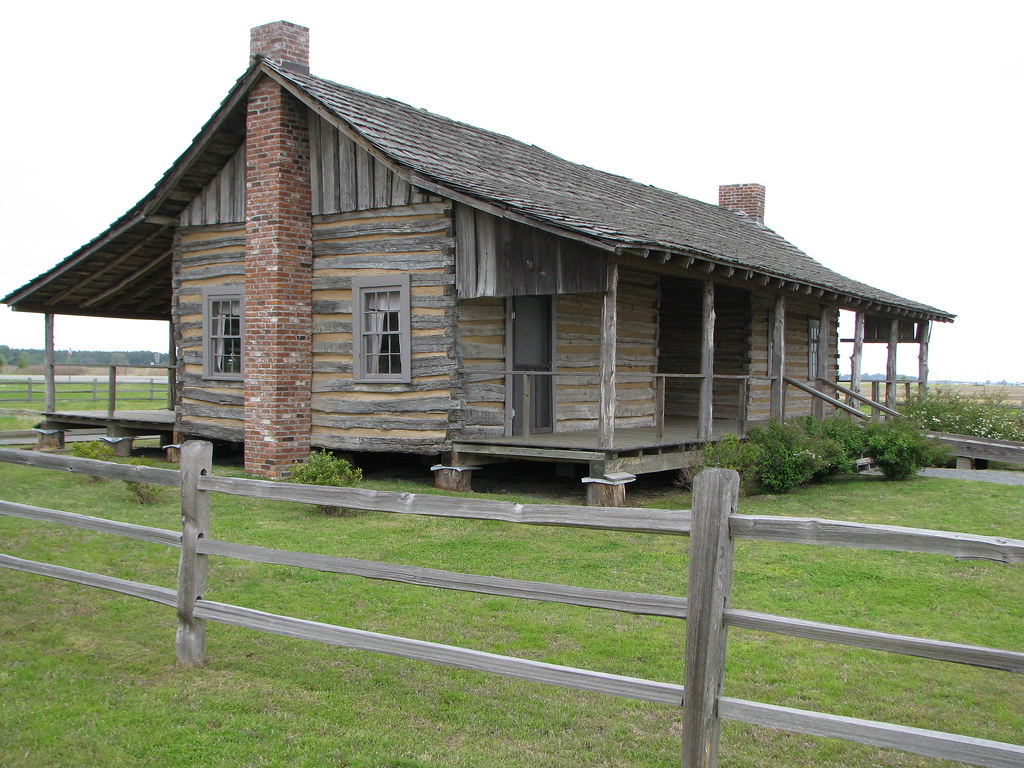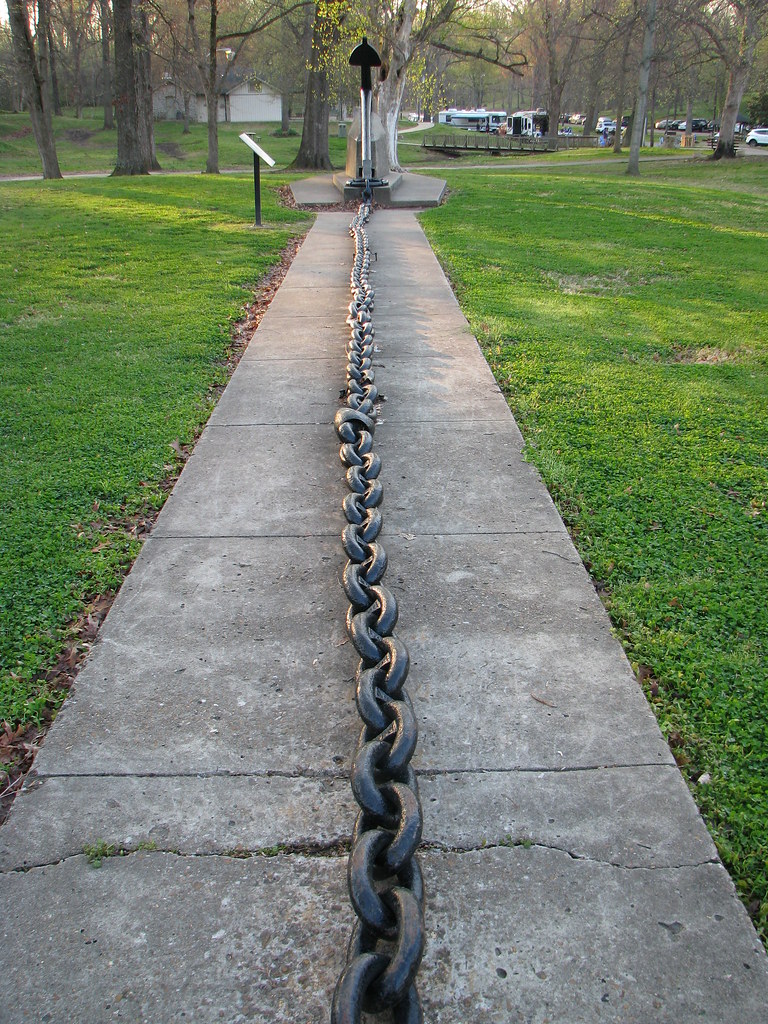The rich history of the Lower Mississippi valley didn’t start with the Europeans. What they left behind however became an indelible legacy along the banks of a river that mirrored the growing pains of a nascent nation. These continued to reverberate into modern times.
We attempted to immerse ourselves in various facets spanning multiple centuries. I wouldn’t even pretend that this 12MC summary was at all comprehensive; numerous scholarly works written by professionals over their lifetimes and presented in exacting detail have been devoted to these subjects. On the other hand, I had space for only a few words.
Arkansas Post

Europeans first settled along the Lower Mississippi in 1686, having pushed inland from the Gulf of Mexico. Explorers stopped at the banks of the Arkansas River near its confluence with the Mississippi. This area came to be known as the Arkansas Post.
The French established the first post there under the command of Henri de Tonti. Settlers used it as a base to trade for furs with Native Americans from nearby Quapaw villages. Later they used Arkansas Post as a military garrison to defend French claims in the Lower Mississippi valley. The exact location oscillated over the years as hostilities, flooding and various other uncertainties dictated.
France ceded land west of the Mississippi River to Spain in 1763 as part of a series of complicated land transactions at the conclusion of the Seven Years’ War. So Arkansas Post became a Spanish possession at that time. It later returned to French control briefly at the dawn of the 19th Century. Then it conveyed to the United States as part of the Louisiana Purchase in 1803.
Arkansas Post served as the initial capital of the Arkansas Territory in 1819. Then Little Rock became the capital in 1821, and of course never relinquished the title. So from there Arkansas Post began a long downward spiral towards irrelevance. I tried to envision what Arkansas Post would have looked like today if it had remained the capital. That was hard to see with only a handful of houses set deep within the countryside.
We stopped at Arkansas Post Museum State Park and learned of its storied past and former glory (map).
Louisiana Cotton Museum

Cotton cultivation underpinned much of the Lower Mississippi as we continued farther south and downstream into Arkansas, Mississippi and Louisiana. Cotton defined the history of this area and extended deep into the larger narrative of the United States. It was cotton that delivered extreme wealth to a small segment of the population, an economic windfall built on the sweat of enslaved Africans and their descendants. This was a crop characterized by intense, backbreaking toil. It brought unimaginable riches to white slaveholders at the expense of those who labored in the fields. Eventually this immense inequality ripped a nation apart and sparked a civil war.
The Louisiana State Cotton Museum in Lake Providence (map) brought this story to life from the earliest antebellum days through the present. Cotton continues to remain an important crop within the Lower Mississippi watershed although now largely mechanized.
Columbus-Belmont Park

Columbus-Belmont Park (map) marked the site of a Confederate fortification that existed during the early part of the Civil War circa late 1861 – early 1862. The riverbank formed a high bluff on the Kentucky side of the shore. This became an excellent defensive position for cannons to fire upon enemy gunboats passing below. The Lower Mississippi was a vital commercial highway and each side fought hard to control it.
Confederate General Leonidas Polk fortified the bluff with artillery and called it Fort DeRussey. He then took an additional step, a rather unusual one. He stretched a mile-long chain across the width of the Mississippi River to slow his adversaries and make them even easier targets for his guns. The anchor and chain spanned the border between Kentucky and Missouri, on the eastern and western banks.
The plan didn’t work as intended. Instead, Ulysses S. Grant took a path of lesser resistance. He moved his Union forces overland on the side not protected by artillery. The Confederate army abandoned its “Gibraltar of the West” without firing a single shot in defense of it.
The anchor and a portion of chain survived the war and are preserved within the park.
National Civil Rights Museum

African Americans continued to suffer deprivation and repression. This troubling story unfolded as we walked slowly through sequential exhibits at the National Civil Rights Museum in Memphis, Tennessee (map). The museum had just finished a multi-million dollar renovation only ten days prior to our visit and it was at the top of its form. The story hit with an emotional punch, a journey of suffering, struggle and ultimately hope.
The entire set of exhibits built to a final crescendo of immense historical significance, the Lorraine Motel, the site where Rev. Martin Luther King was assassinated on April 4, 1968. He’d been staying at the motel since arriving in Memphis several days earlier to support a sanitation workers strike. James Earl Ray fired a shot from a rooming house across the street. It struck King and killed him as he stood on the second-floor balcony outside of his room.
The museum was built around the old Lorraine Motel, preserving its façade and rooms. A path led through the museum, climbing uphill gradually while offering context to the Civil Rights struggle, delivering visitors ultimately to King’s Room 306, preserved as it appeared in 1968 and protected behind plexiglass. From there, the story led across the street to the rooming house and a view from the assassin’s perch. Chilling.
This museum should be placed high on anyone’s “must see” list when traveling through Memphis.

Leave a Reply